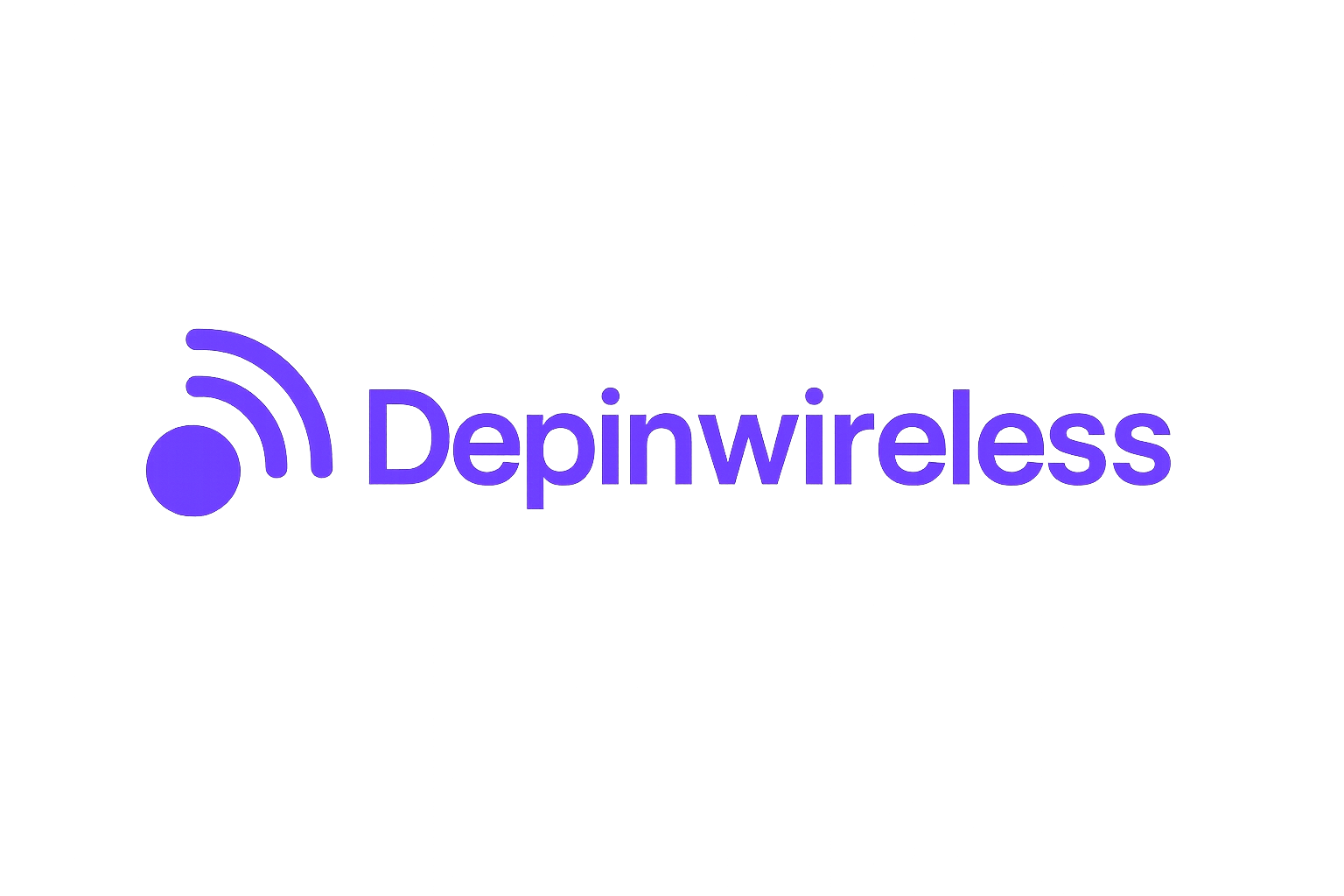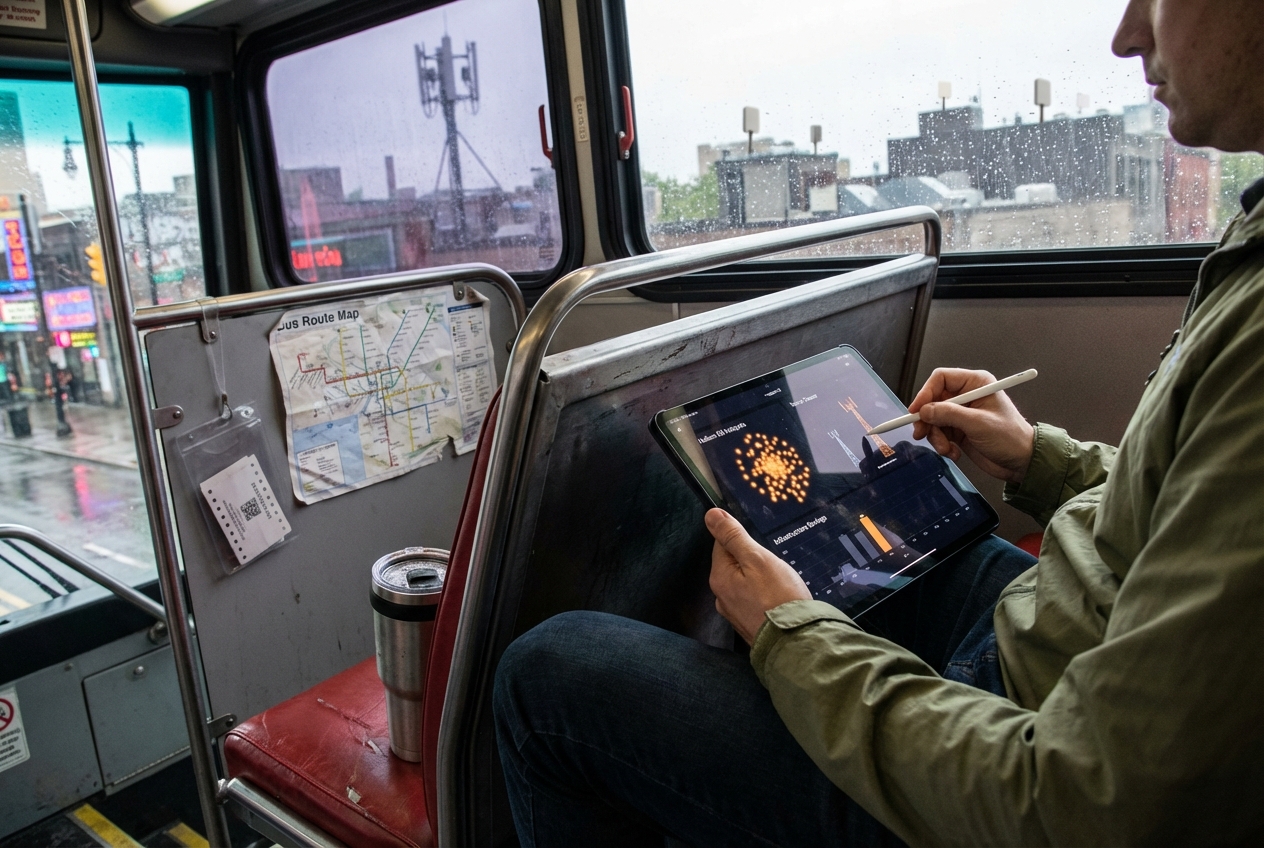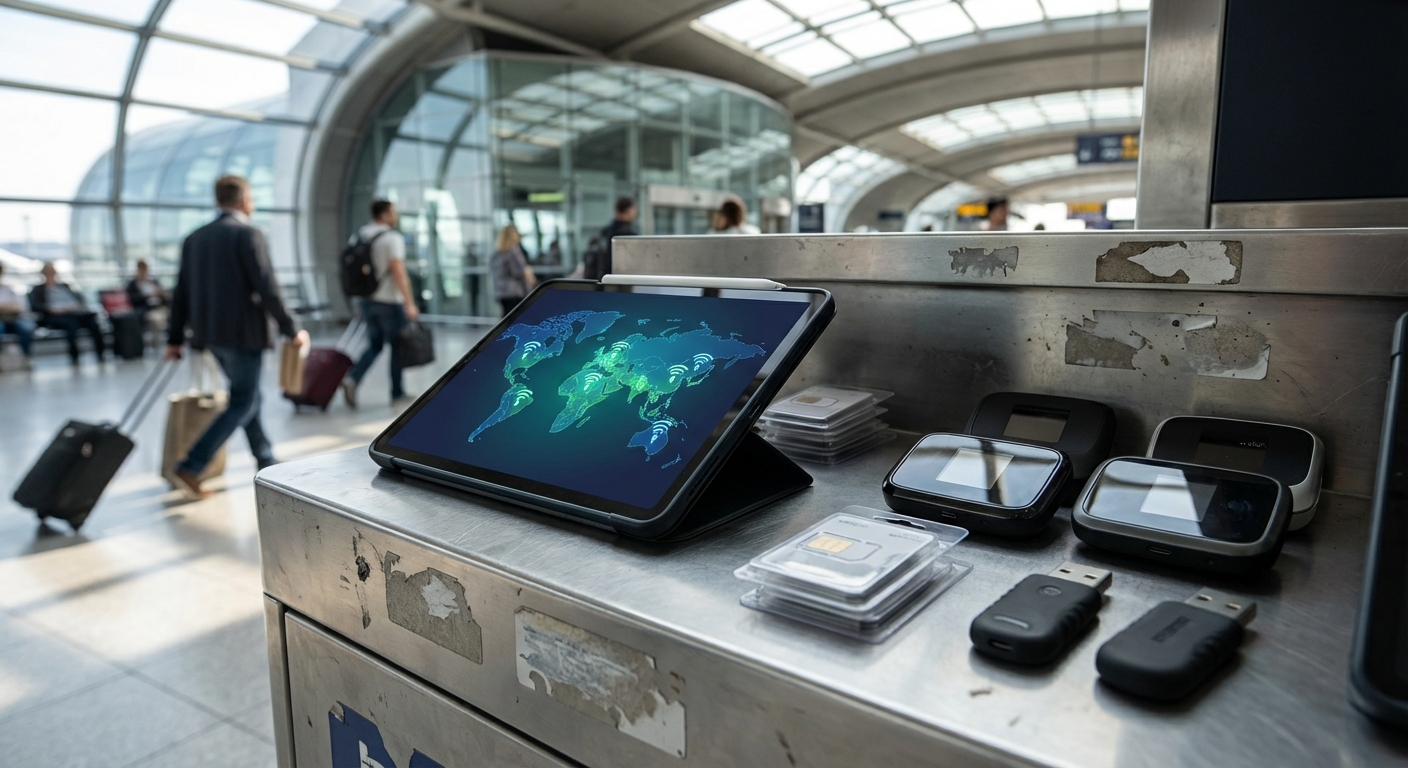
Sports stadiums are among the most demanding environments for wireless connectivity. With tens of thousands of fans uploading videos, streaming live stats, and engaging on social media simultaneously, traditional network infrastructure is stretched to its limits. The result? Frustrating dead zones, dropped connections, and missed moments. Enter DePIN stadium connectivity: a decentralized, blockchain-powered approach that is reshaping how venues deliver robust wireless experiences to every seat in the house.
Why Traditional Stadium Networks Fall Short
Despite major investments in 5G and WiFi upgrades by telecom giants like AT and T and Verizon, stadiums still struggle with surging data demands during peak events. Even with intelligent handoffs between cellular and WiFi (as highlighted in recent Light Reading coverage), bottlenecks remain a persistent challenge. Fans expect seamless access for everything from mobile ticketing to AR overlays on their phones – yet legacy networks are rarely up to the task.

This is where decentralized physical infrastructure networks (DePINs) come into play. Instead of relying solely on centralized carriers or venue-installed access points, DePINs use blockchain incentives to crowdsource wireless coverage from individuals and businesses alike. The Helium Network stands at the forefront of this movement, enabling anyone to deploy hotspots that provide coverage while earning Helium (HNT) tokens as a reward.
The Helium Network: Blockchain Meets Stadium WiFi
The impact of blockchain wireless stadiums is already visible in pilot projects and high-profile partnerships. For example, AT and T subscribers can now automatically connect to Helium hotspots when near participating venues, a milestone for both DePIN adoption and mainstream carrier integration (source). As of October 2025, the price of Helium (HNT) stands at $2.53, reflecting renewed interest as real-world deployments accelerate.
This decentralized model offers multiple advantages for sports venues:
Key Benefits of DePIN Networks for Sports Venues
-
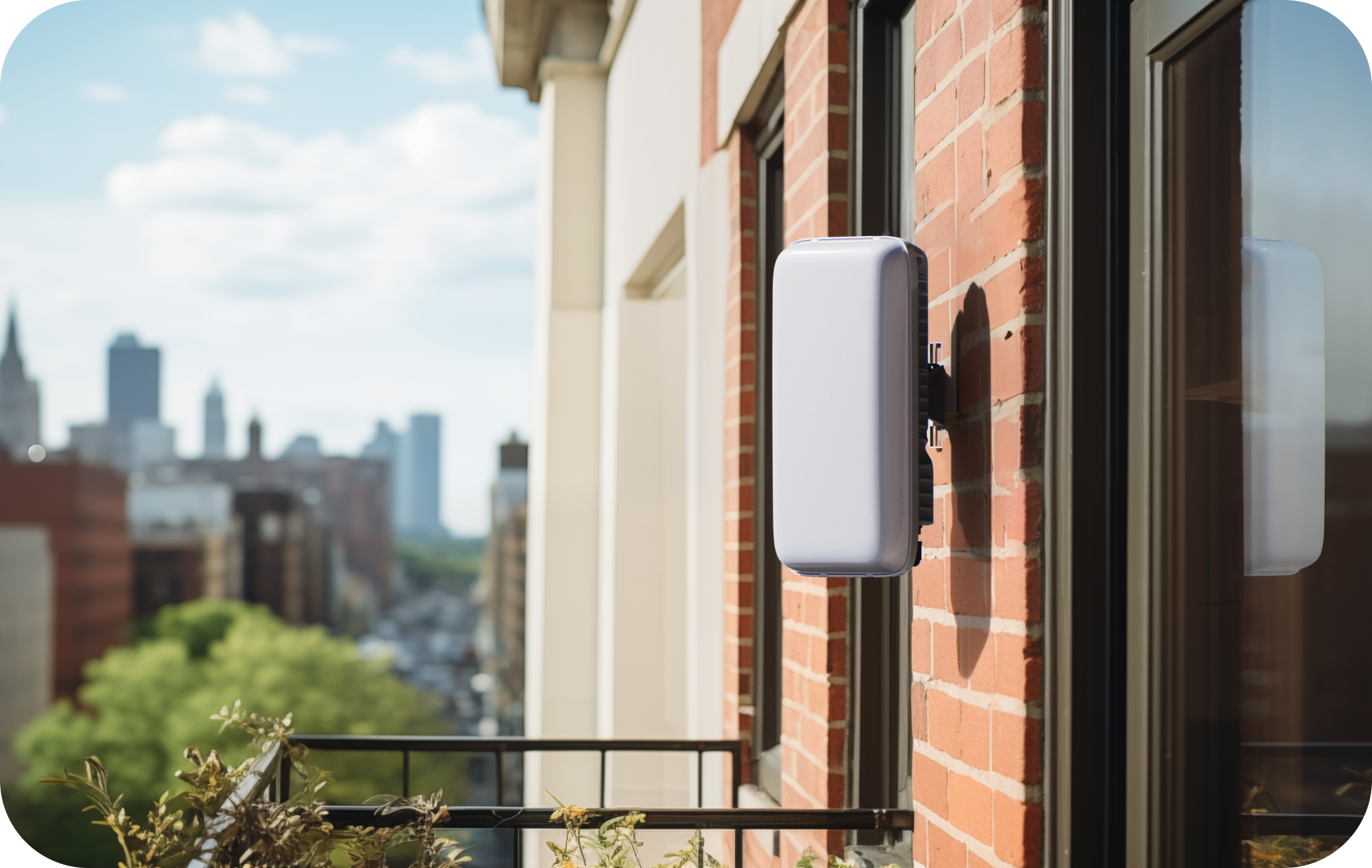
Scalable Connectivity for Large Crowds: DePIN networks, such as the Helium Network, enable rapid expansion of wireless coverage by incentivizing individuals to deploy hotspots. This decentralized approach ensures reliable connectivity even during peak stadium attendance, overcoming traditional network congestion.
-

Cost-Effective Infrastructure: By leveraging existing infrastructure and community participation, DePIN solutions reduce the need for heavy capital investment in proprietary network hardware. Stadiums can integrate with networks like Roam to access extensive global WiFi coverage without major upfront costs.
-

Enhanced Fan Experience: Robust, blockchain-powered wireless connectivity allows fans to enjoy seamless access to digital services, live streams, and social media. This improves engagement and satisfaction during live events, as demonstrated in venues like the Sports Illustrated Stadium powered by Avalanche technology.
-
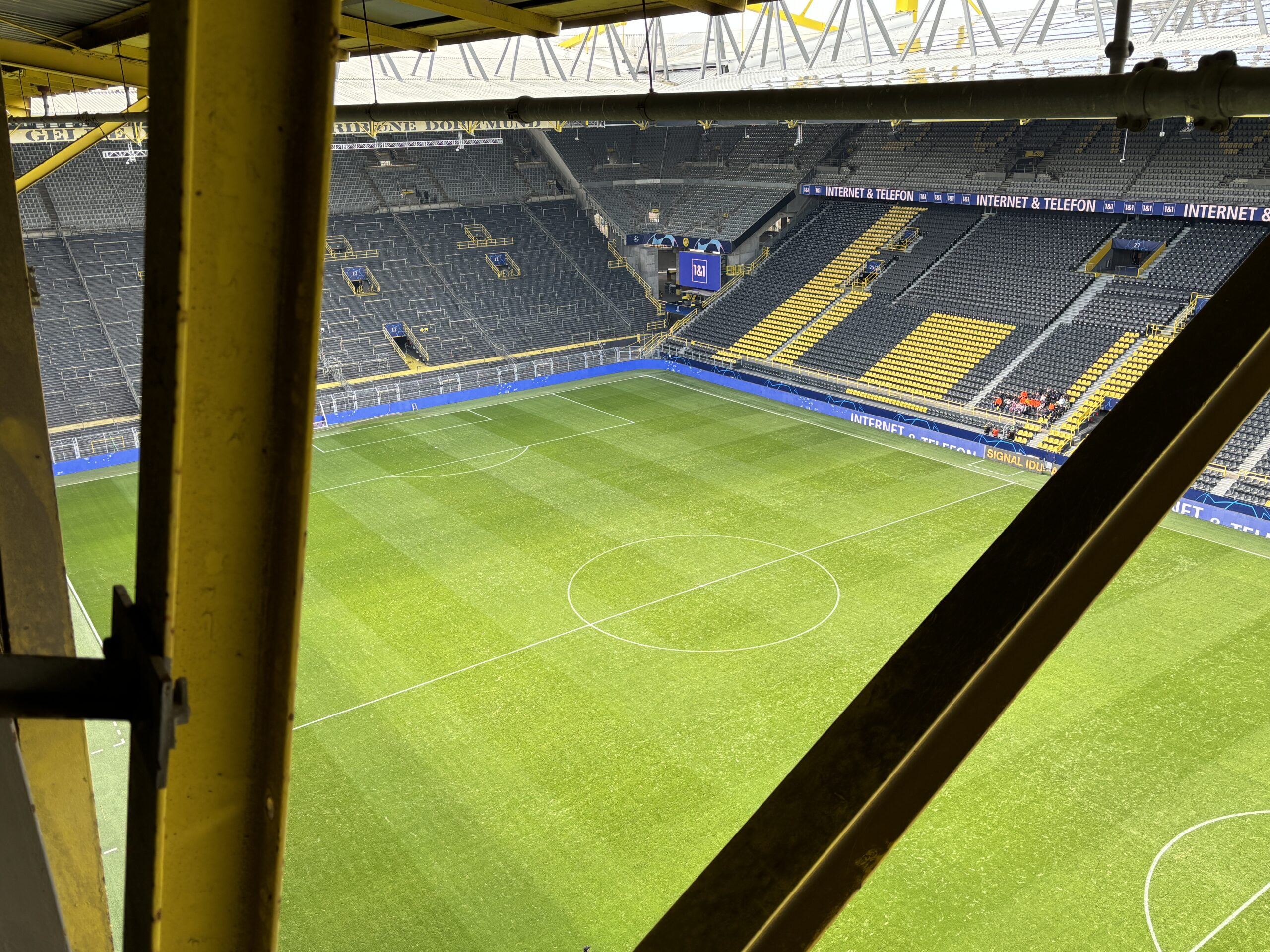
Seamless Integration with Existing Carriers: Major telecom providers, including AT&T, are now partnering with DePIN networks like Helium to automatically switch users between cellular and decentralized WiFi in high-traffic areas. This hybrid approach maximizes coverage and reliability for attendees.
-
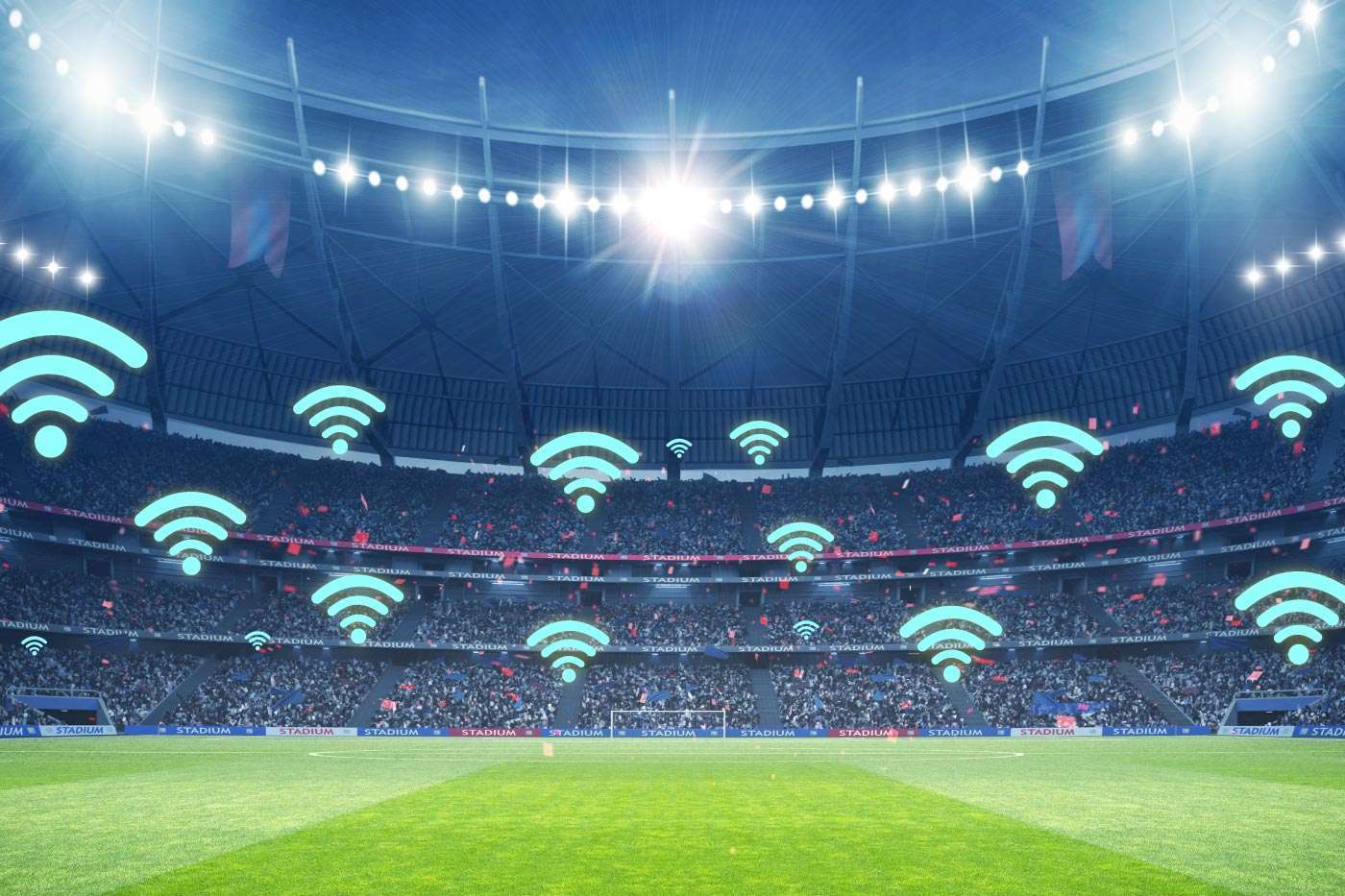
Global Reach and Flexibility: Platforms such as Roam offer over 2 million WiFi nodes across 190+ countries, enabling stadiums to provide consistent, secure wireless access for international events and diverse audiences.
With fans themselves powering parts of the network – and being rewarded for doing so – coverage scales rapidly without massive capital outlays from venue owners or telcos. This democratized approach also builds resilience against outages by distributing infrastructure across thousands of nodes rather than a handful of central points.
Roam and Avalanche: Expanding the DePIN Sports Connectivity Frontier
The ecosystem doesn’t end with Helium. Roam, leveraging the Solana blockchain, has built an expansive global network boasting over 2 million WiFi nodes across 190 and countries (source). Stadium operators can tap into Roam’s infrastructure to offer guests seamless eSIM provisioning and secure internet access – all managed via smart contracts instead of cumbersome legacy IT stacks.
The result is an enhanced blockchain fan experience WiFi: lower latency for real-time betting apps, smoother AR overlays during halftime shows, frictionless mobile payments at concession stands, and more immersive digital engagement throughout the event lifecycle.
What sets decentralized wireless sports venues apart is their ability to leverage the collective power of community-operated nodes, rather than being bound by the physical and financial constraints of traditional telecom deployments. This shift doesn’t just solve for coverage – it fundamentally transforms the economics and resilience of stadium connectivity.
Token Incentives: The Engine Behind DePIN Stadium Connectivity
At the heart of DePIN lies a powerful incentive mechanism. By rewarding individuals and organizations with tokens like Helium (HNT) – currently trading at $2.53 – these networks motivate rapid infrastructure growth exactly where it’s needed most. In the context of live sports, this means fans, vendors, and even nearby businesses can contribute to network density in exchange for tangible value. As adoption grows, token demand is fueled not by speculation alone but by real-world utility delivered during every game or concert.
The flexibility of blockchain-powered solutions also enables dynamic network management. For instance, smart contracts can prioritize bandwidth for emergency services or critical stadium operations during high-stress moments, while still delivering robust connectivity for fans sharing highlights on social media.
“DePINs are not just a technical upgrade – they’re a paradigm shift in how we think about physical connectivity and digital engagement at scale. “
Challenges and Considerations for Venue Operators
No solution is without hurdles. Stadium IT teams face questions around regulatory compliance, security, and integration with legacy systems. However, early pilots suggest that decentralized models can coexist with existing 5G and WiFi infrastructure, acting as a force multiplier rather than a replacement. The key is interoperability: seamless handoffs between carrier networks and DePIN nodes ensure fans remain connected regardless of their device or location within the venue.
Privacy is another critical factor. Blockchain-enabled authentication minimizes data leakage risks while giving users greater control over their digital identities – an increasingly important consideration as biometric ticketing and personalized fan experiences become mainstream.
The Road Ahead: DePIN Sports Connectivity Gains Momentum
The convergence of blockchain technology with next-gen wireless standards signals a new era for stadium operators seeking both operational efficiency and elevated guest experiences. Major venues like Crypto. com Arena have already demonstrated scalable WiFi deployments (source). The evolution toward decentralized models will only accelerate as token incentives align stakeholder interests across fans, teams, sponsors, and local communities.
Ultimately, DePIN sports connectivity isn’t just about solving today’s congestion problems – it’s about building adaptive platforms that can support tomorrow’s immersive fan experiences. As more venues deploy blockchain wireless solutions from innovators like Helium (with HNT at $2.53) and Roam’s global network on Solana, expect to see not only better WiFi but entirely new categories of digital engagement emerge in the world’s most iconic arenas.
